Using LED Light Bulbs Can Save You $162 Per Bulb — Here’s How!
LED light bulbs take your lighting to the next level!

Don’t be in the dark. LED light bulbs are the way of the future!
Not to be dramatic, but LED lightbulbs are changing lives. They excel at efficiency, durability, and so much more. You can use them in many forms, from Christmas lights to recessed lighting. LED lightbulbs tend to be priced higher than the classic incandescent bulb, but the investment pays off.
I recently switched to LED lighting in my dining room chandelier and now I see the room in a whole new light. 💡 I’m not the only one either! Several Hip2Save members say they love their LED lighting. Want to know more about LEDs? We have the scoop!
What exactly are LED light bulbs?
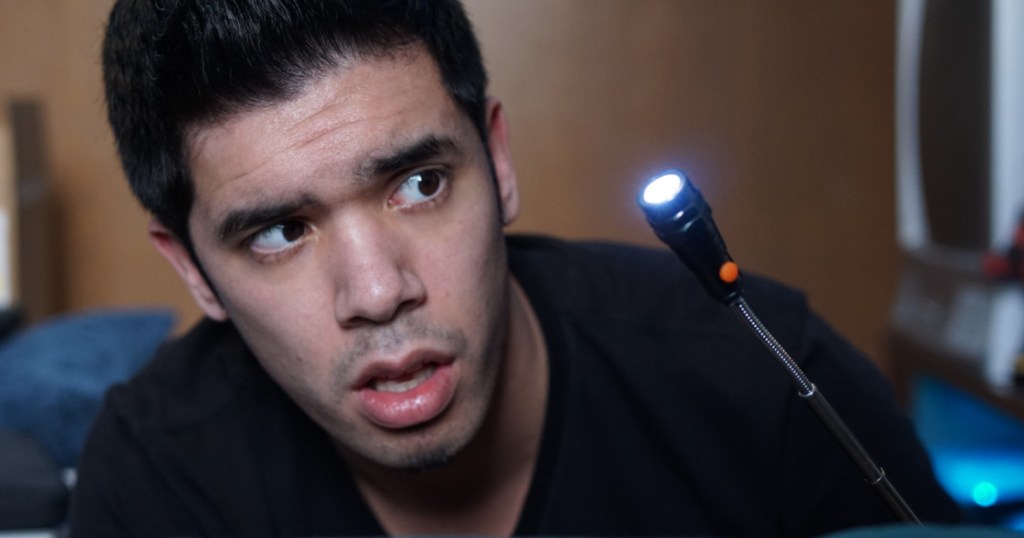
LED stands for light-emitting diode. LEDs create light by the principle of electroluminescence. This means the LED is a semiconductor and when an electric current flows through it, it emits light. This technology is different than incandescent lightbulbs or CFL bulbs, also known as compact fluorescent lamps. LED technology is superior as it is much more energy-efficient and eco-friendly!
Why are LED light bulbs better?
There is a reason so many households are switching to LED lighting. Here are the major advantages of using LED lightbulbs:
1. LED light bulbs are more energy-efficient.
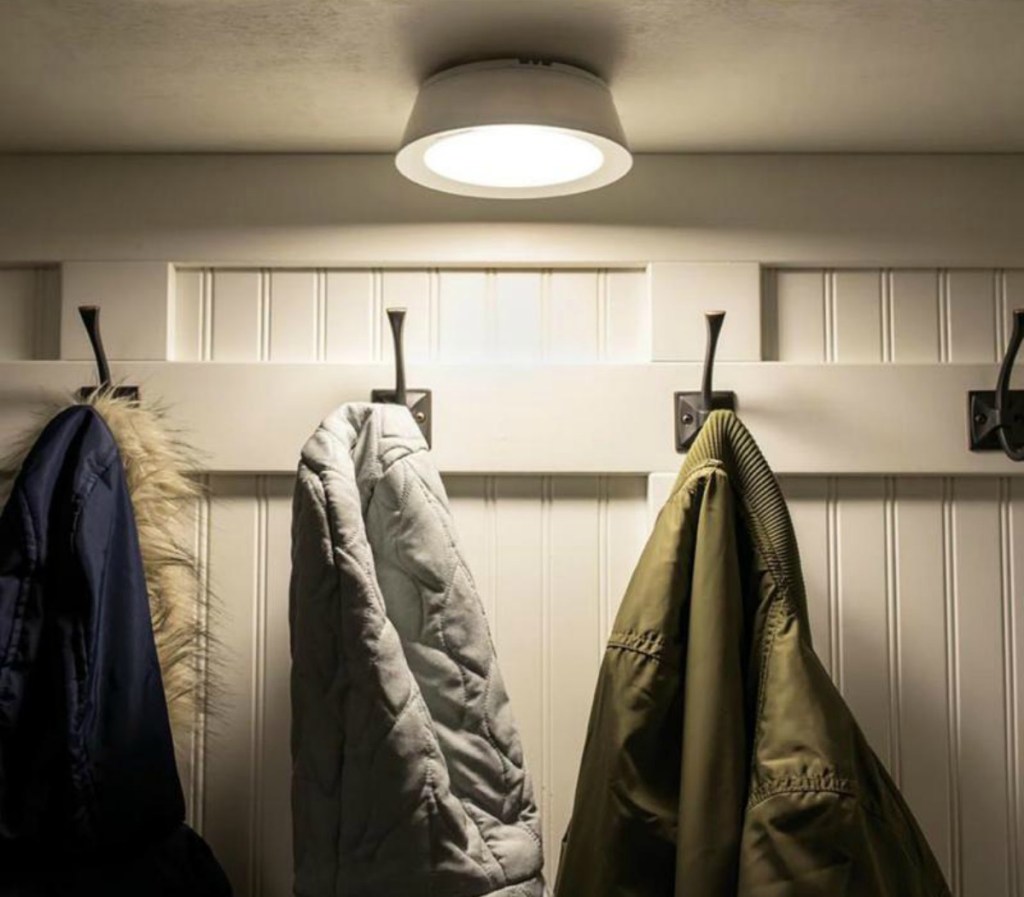
Get more light with less energy. According to the US Department of Energy, residential LED lights use at least 75% less energy than incandescent bulbs.
“As a recent house-purchaser myself, I decided to make the executive call to swap out all of my main floor lights to LEDs; and noticed a big difference in both the brightness and the lower electric bill.” – Shane, Hip Sidekick
2. LED light bulbs are brighter.
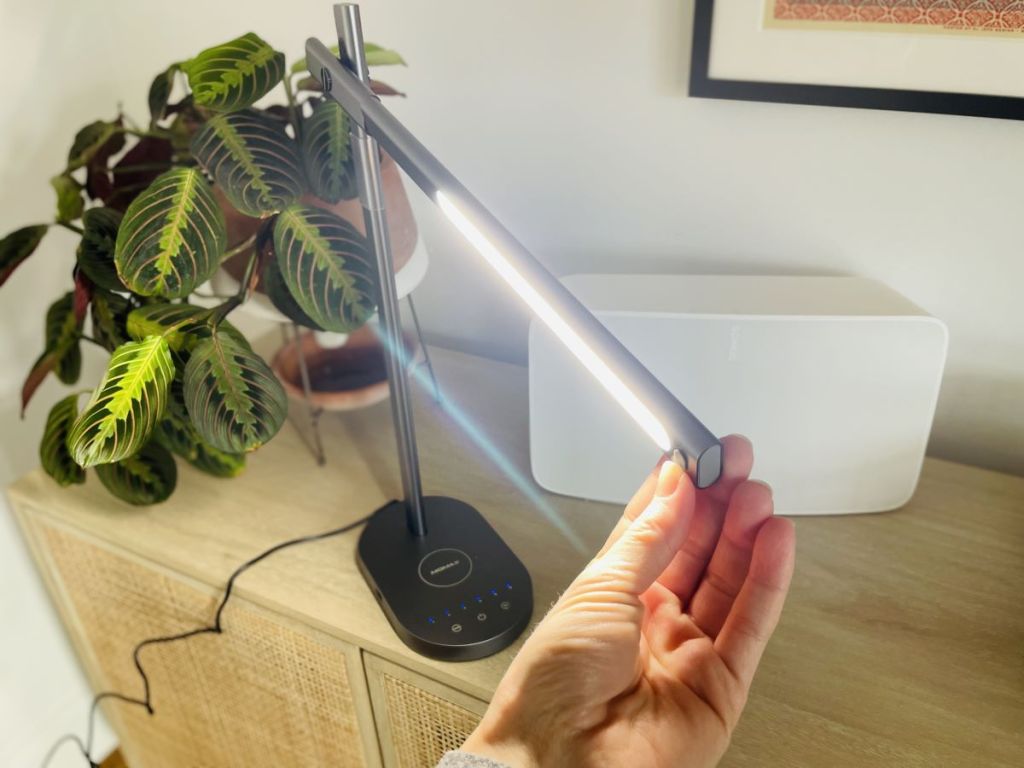
It takes a 60-watt incandescent lightbulb to produce 800 lumens. You can get this same brightness out of a 9-watt LED lightbulb. According to Energy Earth, you’ll save $11 a year and $162 over the course of its lifetime if you use LED over incandescent bulbs. That’s reason enough to make the switch to LED lighting!
“We also recently switched out our garage lightbulbs to LED’s and they are SO much brighter, it’s like a night and day difference in there now.” – Chelsey, Hip Sidekick
3. LED technology emits less heat.

Anything using electricity generates heat. However, LED bulbs use less energy and therefore do not get as hot as incandescent bulbs. According to the US Department of Energy, this is why LEDs are safer. The lack of heat makes LED lights great for winter holiday lighting, track lighting, and illuminating heat-sensitive objects like paintings.
“They don’t put out additional heat! That’s a big plus.” – Lina, Hip Sidekick
4. Longevity is a perk of LED light bulbs.
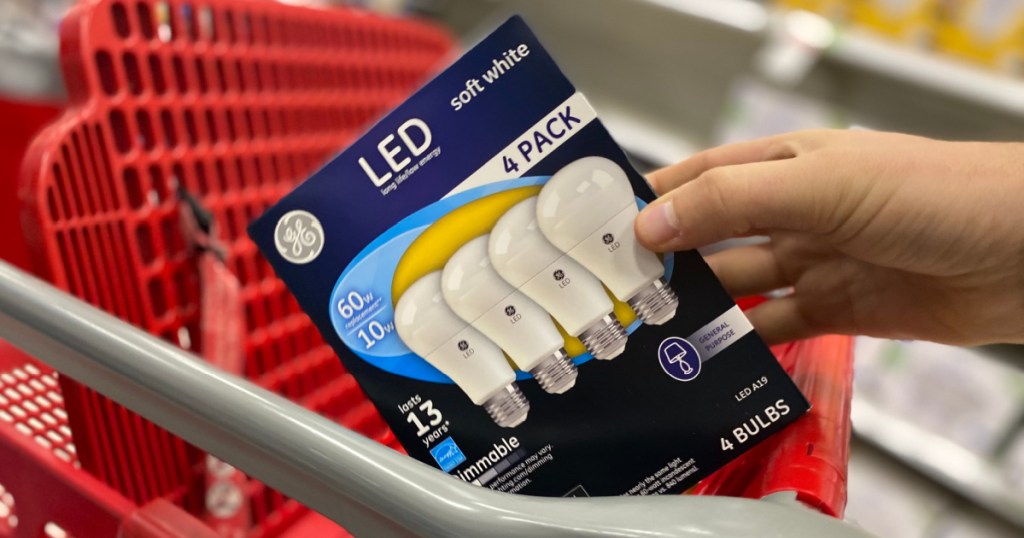
Most manufacturers state their LED bulbs last 30,000 to 50,000 hours. That’s up to 10x longer than an incandescent lightbulb! You’ll save money (and a headache) by not having to change your bulbs as frequently. LEDs are also harder to break as they are made of solid material instead of filament or tube pieces like incandescent bulbs.
“I bought my house about 10 years ago and switched out all of my indoor bulbs to LED bulbs. I’ve never had to change a lightbulb in all that time.” – Chelsey, Hip Sidekick
5. Many LED light bulbs can use smart technology.

Smart LED bulbs have the capability to connect to devices like Alexa or Google Assistant, be voice-controlled, be on a timer, and even change color. LEDs also make excellent choices for dimmable recessed lighting.
“I made the switch since I replaced all the lighting in my house when I was renovating, and I opted for smart LEDs from Philips Wiz because I wanted to turn them on through Alexa, set schedules, and control them while I was away from the house.” – Emily, Hip Sidekick
What are the disadvantages of LED lightbulbs?

Though LED light bulbs are more efficient than traditional incandescent, they are not without a few disadvantages:
- The initial cost. You’ll pay less over its lifetime with an LED bulb, but it costs more to purchase than an incandescent.
- Heat sensitive. LED lights struggle in high-ambient weather, when faced with extreme voltage, or when enclosed without ventilation. Read the box carefully and use lights as instructed.
- Can’t use in a heat lamp. As LEDs don’t emit much heat, an incandescent works better in a heat lamp.
- They fade over time. LED lights will begin to fade towards the end of their life cycle.
- Potential blue light hazard. The jury is still out on whether or not LEDs are harming human eyes, but it is something to consider before buying.
Where can I use LED light bulbs?
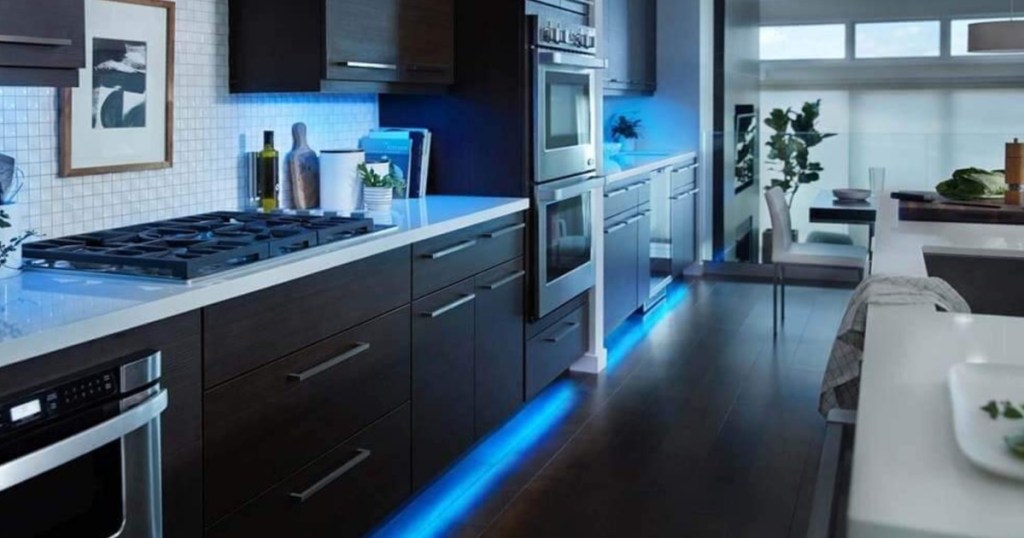
There are many practical uses for LED lights. They are truly versatile and come in various shapes, sizes, and colors. Some popular uses include:
- Flashlights & nightlights
- Decorative string lighting
- Chandelier lighting
- Exterior lighting
- Recessed lighting
- Track lighting
- Walkway lighting
So, which are the best LED light bulbs?
LED light bulbs come in many forms like candelabra bulbs, rope lighting, string lighting, and Edison-style bulbs. As I mentioned earlier, some are even compatible with smart technology. Hip2Save team members have used several types of LED lights and here are a few of our favorites:
1. The best LED every day bulb – EcoSmart LED light bulb
Over 4,800 5-star reviews can’t be wrong! If you don’t know where to start on your LED light bulb journey, these standard A19 bulbs from EcoSmart are a great jumping point. Choose between soft white and daylight, 60-watt or 100-watt, and various bulk buy options. They’re a great common household bulb and at an even better price point!
2. The best LED strip lighting – Govee Smart LED light strips
Clip the Amazon coupon to save an extra 25%!
Final cost just $24.74!
These cool strip lights connect via Wi-Fi to Alexa, Google Assistant, or to the Govee smart app. You can voice control the lights, change the colors, and even sync them to music!
3. The best smart LED light bulbs – Philips WiZ Connected light bulbs
What can these lights not do? Control these lights by voice or through the Wiz app. They are compatible with Alexa, Siri, and Google Assistant. You can make them glow any color you’d like! You can also put them on a timer, dim them, and adjust the tone from warm to cool.
4. The best LED recessed lighting – Amico Ultra-Thin LED Recessed Ceiling Light
Amico 6-Inch 3CCT Ultra-Thin LED Recessed Ceiling Lights, 12-Pack – $69.98 (regularly $77.99)
These ultra-thin can lights are perfect for recessed lighting. They are 100% dimmable with a dimmer switch and you can choose between three different color temperature settings. They are easy to install, but if you do hit a snag, the company is noted for its excellent customer support!
5. The best LED string lights – alitade LED Outdoor String Lights
These waterproof and shatterproof LED string lights have a 30,000-hours lifespan! Better yet, these outdoor lights are made of plastic so you don’t have to worry about glass shards.
6. The best LED candelabra light bulbs – FLSNT LED Chandelier Light Bulbs
FLSNT B11 E12 LED Candelabra Bulbs 60W Equivalent Dimmable Bulbs, 6-Pack – $15.99 (regularly $19.99)
Candle lights are perfect for your chandelier, sconce, or light fixture. These bulbs light immediately and stay cool to the touch! If you have a dimmer switch, you can adjust the brightness level too. These are the same LED bulbs I put in my own dining room! I’m so happy with how bright they are and so far have had zero issues.
Can you put LED light bulbs in a regular light socket?

Yes, but there are stipulations.
So you’re excited to start using some new LEDs but there are a few things to know before making the swap. The light socket must be the same size as the LED bulb and the LED bulb must not use more voltage than is recommended for the socket. Remember that a 9-watt LED produces as many lumens as a 60-watt incandescent.
Another thing to keep in mind is that according to Money Magazine, older fixtures may impact the life of your LED bulb. If you have very old fixtures, it might be time for an upgrade.
Same with traditional light bulbs, you’ll need to ensure you have a dimmable switch in place or are using a dimmable lighting fixture if you plan to use a dimmable LED bulb.
Lastly, it is not recommended to use both incandescent and LED bulbs in the same fixture that uses multiple bulbs. Incandescents may raise the ambient temperature which can damage the LED lights. Incandescents also draw more power which may cause LEDs to flicker.
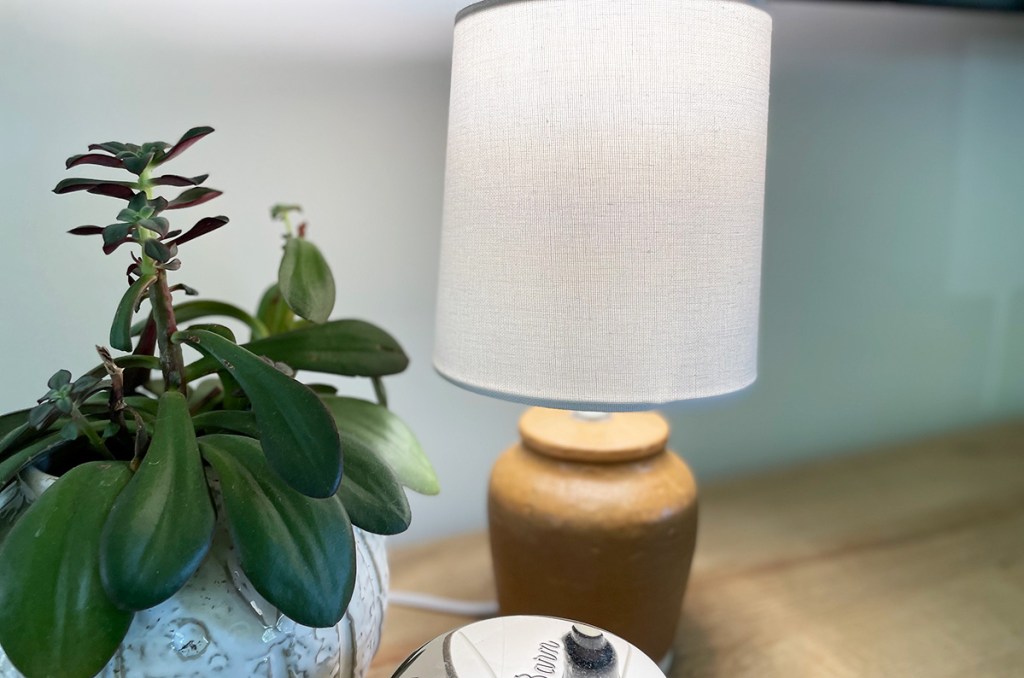
We’ll get bright to the point: LEDs are an easy way to save money long term and improve your home at the same time!
Do you use LEDs? We’d love to know your favorite bulbs, brands, and ways to use them!
Improving your house? Check out our home deals and tips!

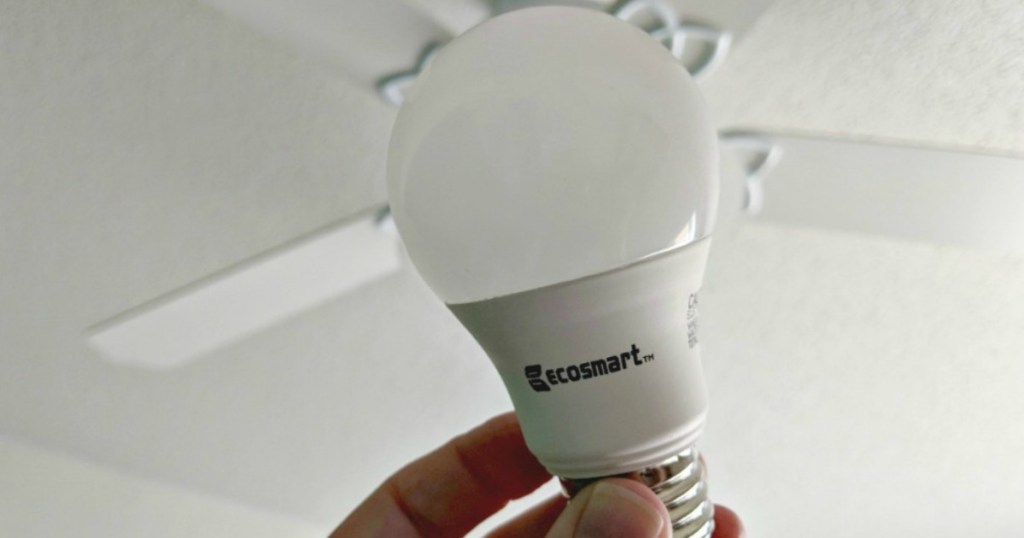
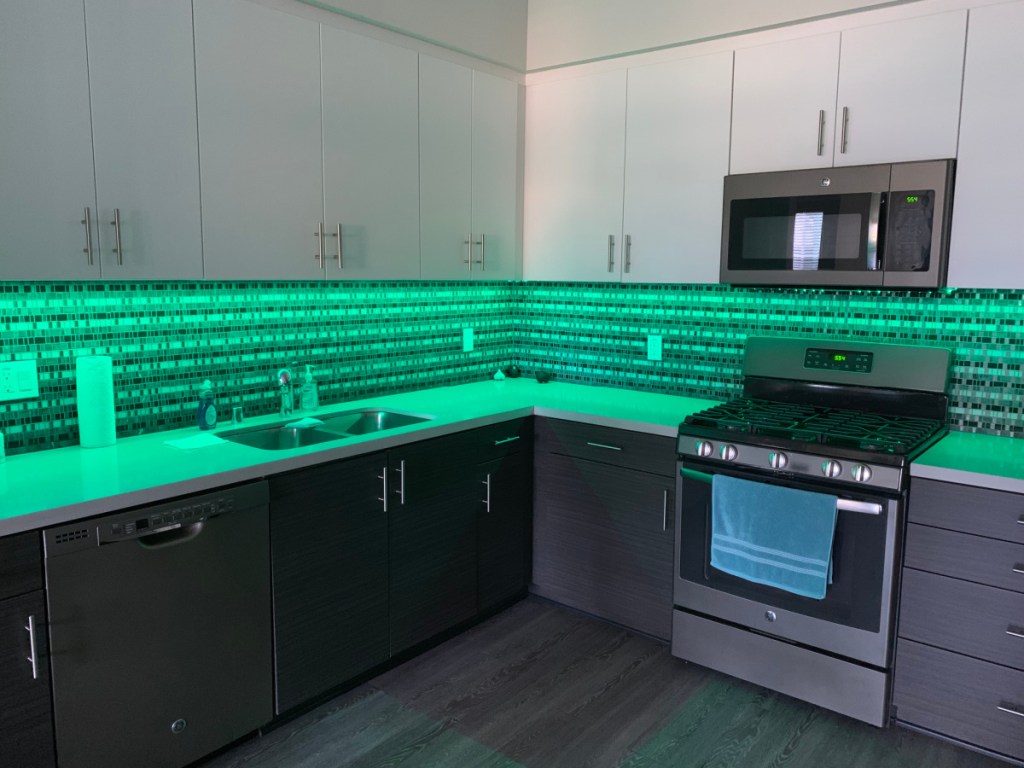
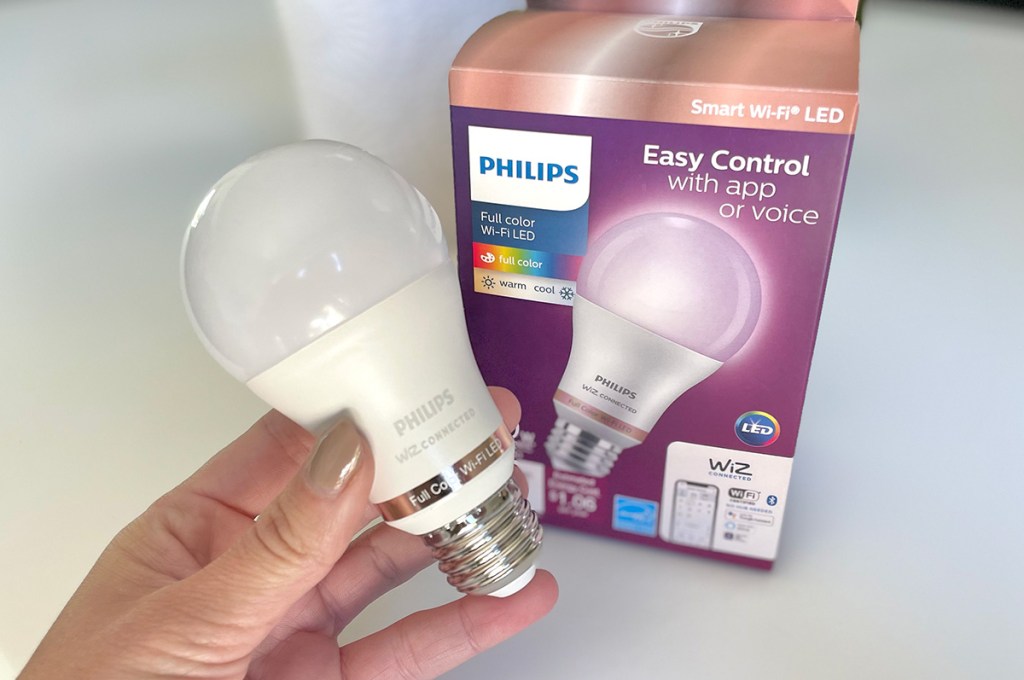


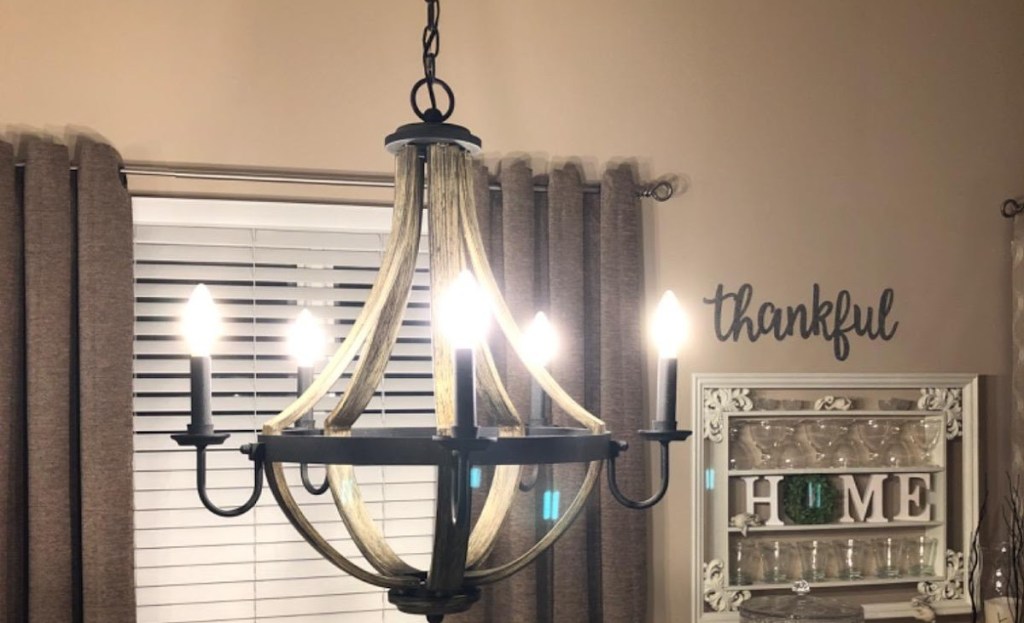
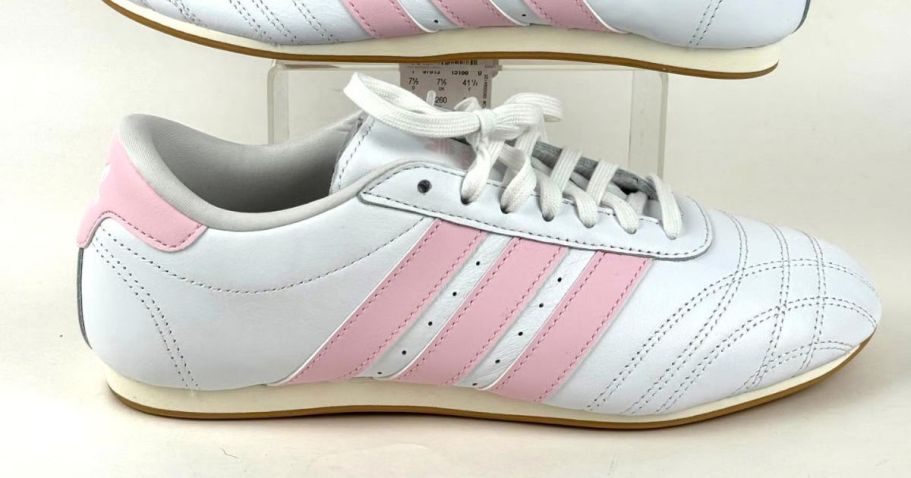
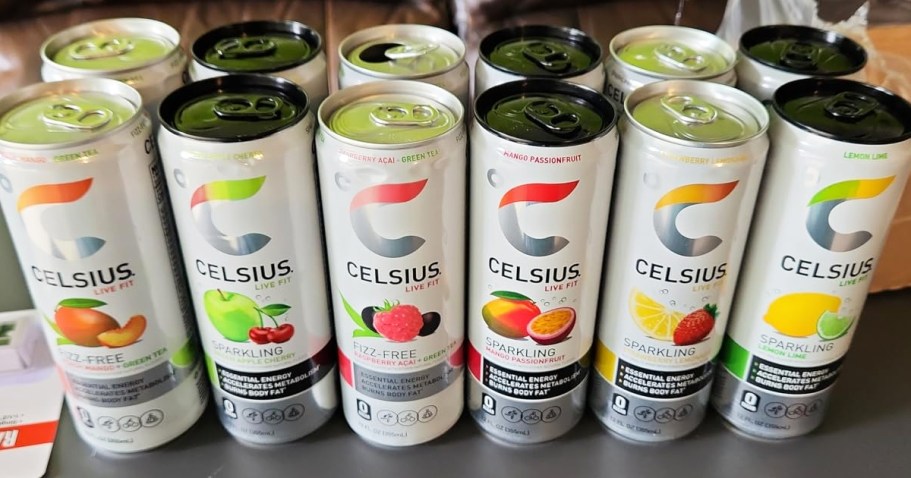



Most of my lighting is vintage. Sounds like I will have to continue to use the old ones. Bummer.
I have lots of vintage lighting (40-50s). I love using leds in them because they are rated for 40 watt which doesnt put out much light. I use 75w equivalent leds and suddenly its super bright without the heat. Si it would damage the fixture. I just have one fixture that has a tiny neck that I cant get the wider neck led bulb into.
I wish they made leds for older ceiling fans. My ceiling fan has halogens which are super expensive and super hot. Unfortunately, leds dont work. They either flicker or dont turn completely off. An electrician explained it to me but basically it’s something to do with the way they are wired. I’ve tried about 5 different types but have since given up. I love my ceiling fan and replacing it isnt an option.
Long time listener, first time caller. Could you tell us what color changing lightbulbs are used in that picture with the sunset setting?
In the sunset picture, those are light strips. You can find them linked in the post as number 2 on the list, Alissa. ❤
I prefer CFLs. I buy them whenever I find them at ReStore, Salvation Army, and other thrift stores. I put two CFls in a 3-bulb dining room light in October 2015 at my previous apartment. I moved away in June 2020. The first CFL didn’t go out until spring 2020. The second bulb to go out was a halogen. It was already there when I moved in in October 2015. I never had to change the second CFL.
My mom tried LEDs, and they didn’t completely turn off. She immediately went back to halogens.
The savings examples are a bit misleading. It is almost impossible to find the old style incandescent bulbs. A 60W halogen, which is a sub-category of incandescent, only uses at most 43W.